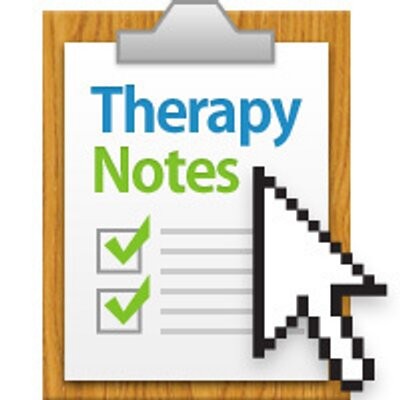Are you looking to have clinicians take insurance in your group practice? If so, you may be wondering how to start the process; what to do first, who to contact, what insurances to panel with, or how to actually panel with insurances (as a group or individually). Insurance credentialing is often the bane of many clinicians’ existence, from misplacement of documents from insurance companies to long wait times before getting paneled, to dealing with participation denial. Let’s take a look at some of the main questions group practice owners have about paneling new clinicians.
- How do I figure out which insurance companies to panel with? Start with asking local providers what insurances they are taking, the pros and cons of that insurance company (i.e. their rates, ease of sending claims, promptness of payment, etc.). Decide what is important to you regarding an insurance company and make sure to ask a potential insurance company about it. Your best bet is checking with local providers, or going to Psychology Today and searching providers in your area and seeing which insurances they take.
- Should new clinicians panel individually or under my group? And for that matter, should I set up a group contract with the insurance company? So, this depends on a few things. Some insurance companies allow group contracts, and some only allow individual contracts. This may be the deciding factor. For example, in Illinois, United Healthcare allows you to have a group contract once you have 5 clinicians, Magellan allows group contracts with just one clinician, and Cigna doesn’t allow group contracts. What’s important is that your clinicians credential using your group practice NPI-2 and Tax ID, not their social security number or under their name only. Doing so will result in them receiving checks in their name and you having to chase it down from them. You want checks to go to your business, so that you can manage that and pay your clinicians from that. The best way to ensure that is that they fill out a w9 with your practice name, TIN and address, so that insurances know to send checks to your business. A benefit to applying as a group (if it is possibly) is that you can negotiate rate increases more easily than a solo provider. Also, the process for adding clinicians is easier and less time consuming if you are a group (you just “add” them to the group) versus everyone individually applying. The potential drawback is that if a clinician wants to leave your practice, they will essentially have to restart the whole paneling process if they are paneled under your group versus if they are individually paneled, they can often just add a new location and delete your practice from their contract (although I have seen a few companies who still make clinicians panel all over again for new practices).
- What do I do once my clinicians have completed their application to participate? The most important thing is that they verify with the provider relations department that they received the documents. You would be surprised (or not!) by how often things get lost in transit and never reach the right department or person. I have clinicians check within a week by calling or email the provider relations department to verify they have received their credentialing paperwork. After that, I tell clinicians to check each month to make sure that they aren’t missing any documents or need anything more from you. Often, something simple like “Are you ADA accessible,” or “What are your office hours,” are the things that stall an application.
My one suggestion would be to put together a credentialing packet, with your business information that clinicians would need to apply, like your practice and remit address, TIN, NPI-2, phone and fax number, a completed w9, how to apply for a CAQH number (with a link to the website), how to apply for an NPI (with a link to the website), and a list of the insurances you would like them to panel on, along with any provider relations contact phone number or email, and a link to the application on their website since most have an online application. This makes the process easy for incoming therapists and reduces the amount of times they contact you for information!
Although credentialing can be a hassle and takes lots of time, many practices are rewarded with many new clients by using insurance. If you need help with the credentialing/paneling process, a great resource is Danielle Lapidus at Be Your Own Biller. Good luck!

Maureen Werrbach is a psychotherapist, group practice owner and group practice coach. Learn more about her coaching services here: LEARN MORE HERE





